Sustainable Interior Design: A Green Guide for Decorating, Furnishing, & Renovating
August 7, 2023 - Michelle Murphy
As an interior designer passionate about the environment, I’m often asked:
“What exactly is sustainable interior design?”
Sustainable interior design is an approach that minimizes the negative impact of our design choices on the environment. It considers the entire life-cycle of a project and aims to reduce waste, energy consumption, and promote well-being.
In this blog, we are going to take an in-depth look at how we can incorporate sustainable interior design in our homes and by the end, you’ll have a strong understanding of its importance and how you can begin to implement it in your spaces.
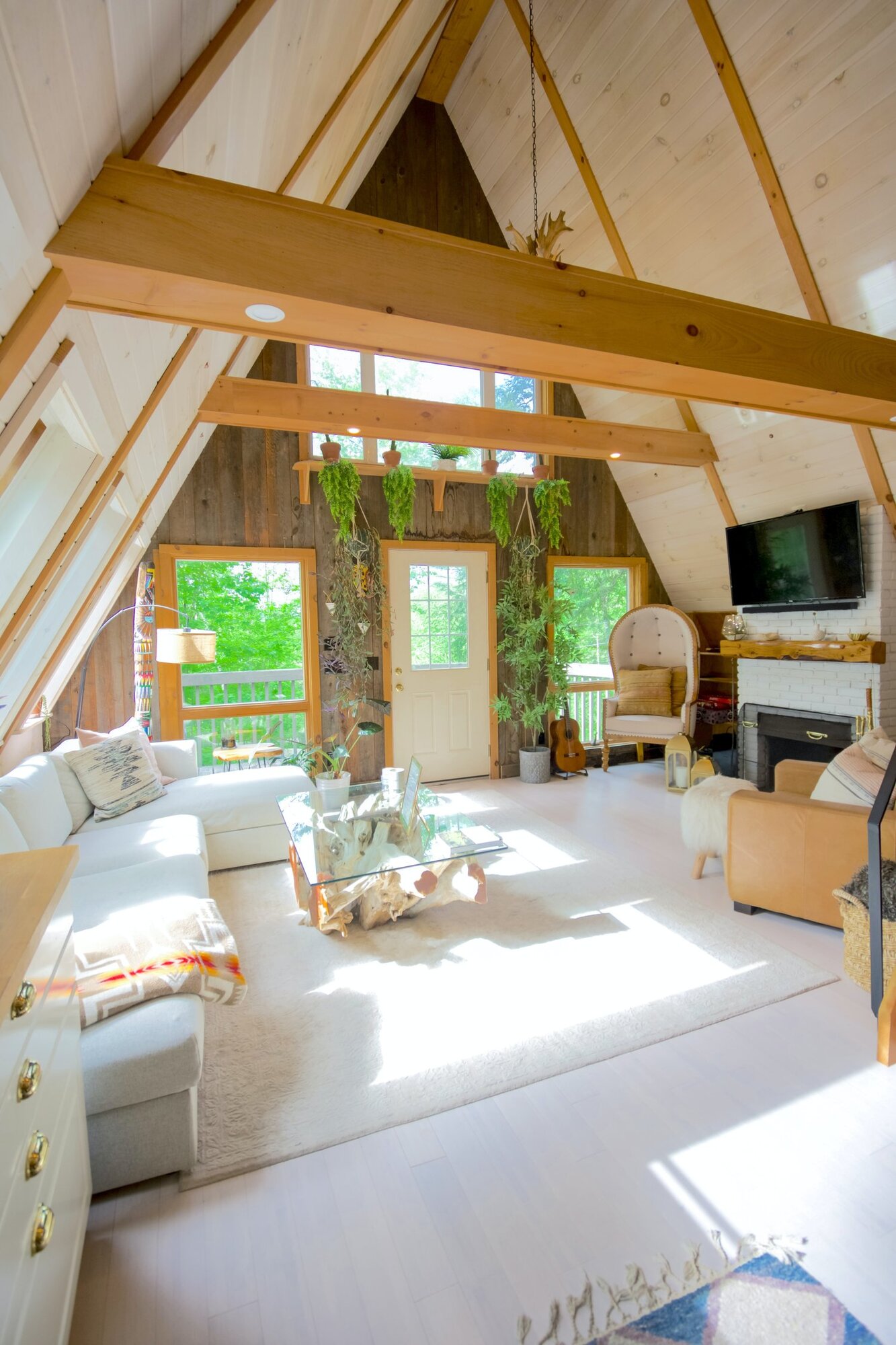
Understanding Sustainable Interior Design
At its core, sustainable interior design is a holistic approach that optimizes the life cycle of spaces and their components through:
Careful selection of materials and products that are renewable, recyclable, and non-toxic.
Promoting energy efficiency via elements like natural lighting, energy-saving appliances, and efficient heating and cooling systems.
Considering water efficiency, waste reduction, and the use of products that contribute to good indoor air quality.
Why is Sustainable Interior Design Important?
Incorporating sustainable interior design in our homes is crucial for:
-
Conservation: It encourages the use of renewable or recycled materials, helping conserve natural resources.
-
Consumption: It reduces energy consumption, leading to lower utility bills (a win-win situation for both the planet and your pocket!)
-
Health: It focuses on factors like good indoor air quality, natural lighting, and non-toxic materials, creating comfortable, healthy, and uplifting living spaces.
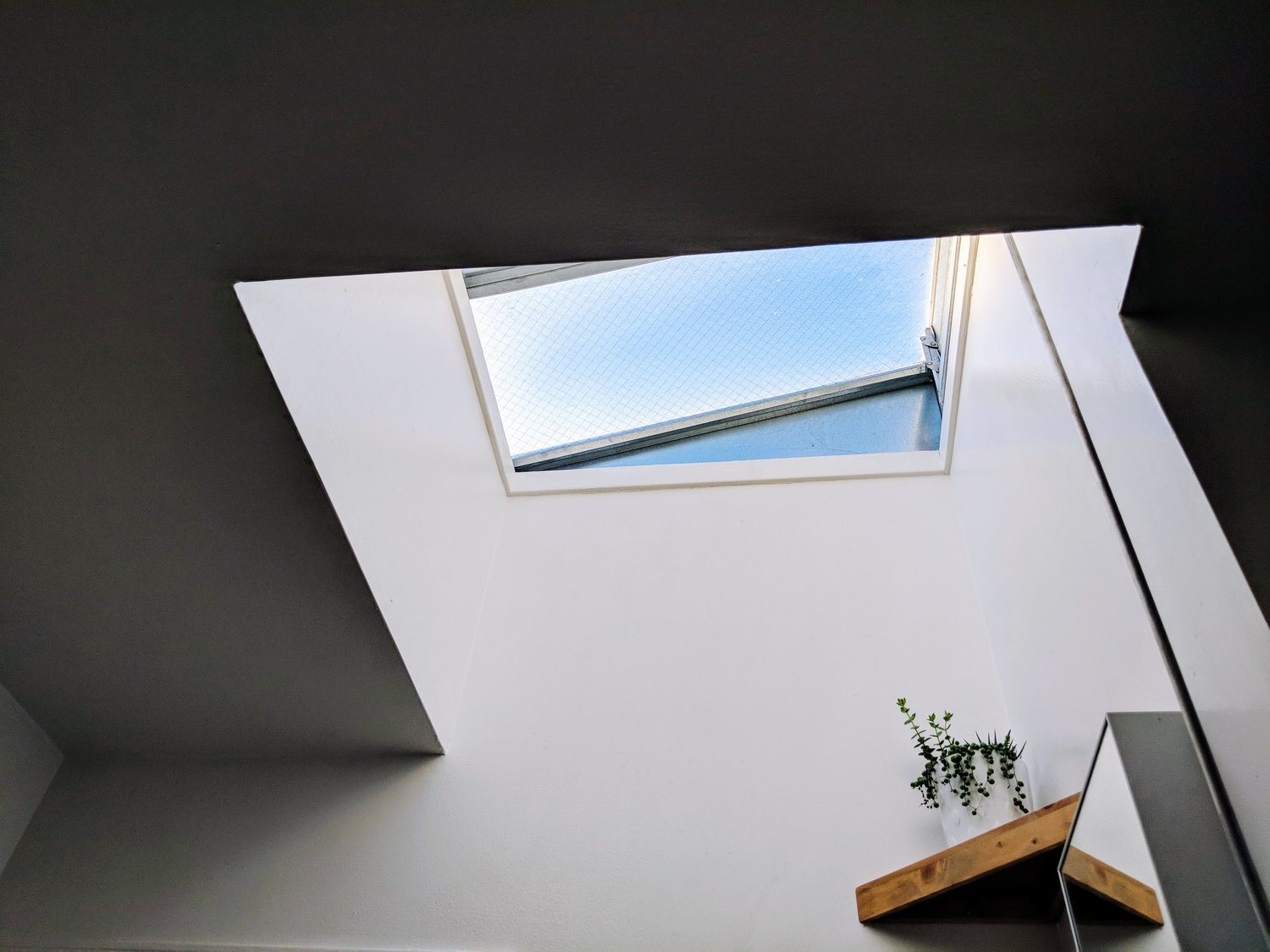
The Principles of Sustainable Interior Design
Sustainable interior design is guided by a set of key principles. Let’s explore the core ones now.
Energy Efficiency
The goal of sustainable interior design is to minimize energy use and promote efficiency at every opportunity. This begins with smart design choices like maximizing natural light to reduce dependence on artificial lighting.
Energy-efficient appliances, LED lighting, and programmable thermostats are just a few examples of choices that significantly lower energy consumption. It also involves insulation for maintaining indoor temperatures, resulting in less use of heating and cooling systems.
Eco-Friendly Materials
Wherever possible, sustainable designs aim to choose materials that are renewable, recycled, or reclaimed. This could mean opting for bamboo flooring over traditional hardwood, or selecting furniture made from reclaimed wood.
It also involves preferring products that have low or no volatile organic compounds (VOCs) to ensure that our choices are not harming indoor air quality.
Waste Reduction
Reducing waste is a key driver in sustainable interior design. This could mean choosing furniture that is durable and timeless to avoid the need for frequent replacement.
It also involves considering the entire life cycle of a product - how it’s made, used, and what happens to it when it’s no longer needed.
.c0ddde58.jpg)
Decorating with Sustainability in Mind
From reusing old furniture to incorporating indoor plants, here are some strategies to help you decorate with sustainability at the heart of your design.
Reuse, Recycle, & Repurpose
Instead of buying new items, consider giving a second life to existing pieces.
That vintage chair gathering dust in your attic, for example (c’mon, we both know it’s there). Why not reupholster it with organic cotton fabric? Take your old tattered ladder and transform it into a chic bookshelf. Even something as simple as glass jars can be repurposed into trendy storage containers or candle holders. The possibilities are endless!
DIY Decor
DIY projects not only provide an opportunity to create truly unique pieces, but they’re also a great way to ensure the sustainability of your decor. You could craft wall art from salvaged wood or create beautiful centerpieces from beach finds like shells and driftwood.
Choosing Sustainable Decor Items
When purchasing new items, consider their environmental impact. Opt for products made from recycled or natural materials. Choose local artisans and small businesses that are committed to sustainable practices. Opt for second hand and thrifted items instead of all new products.
The Power of Plants
Plants are a decorator’s best friend. They purify the air, bring a touch of nature indoors, and can brighten up any space. Choose indoor plants that are suitable for your home’s light and humidity conditions. If you’re feeling adventurous, consider creating a vertical garden for a real wow factor.
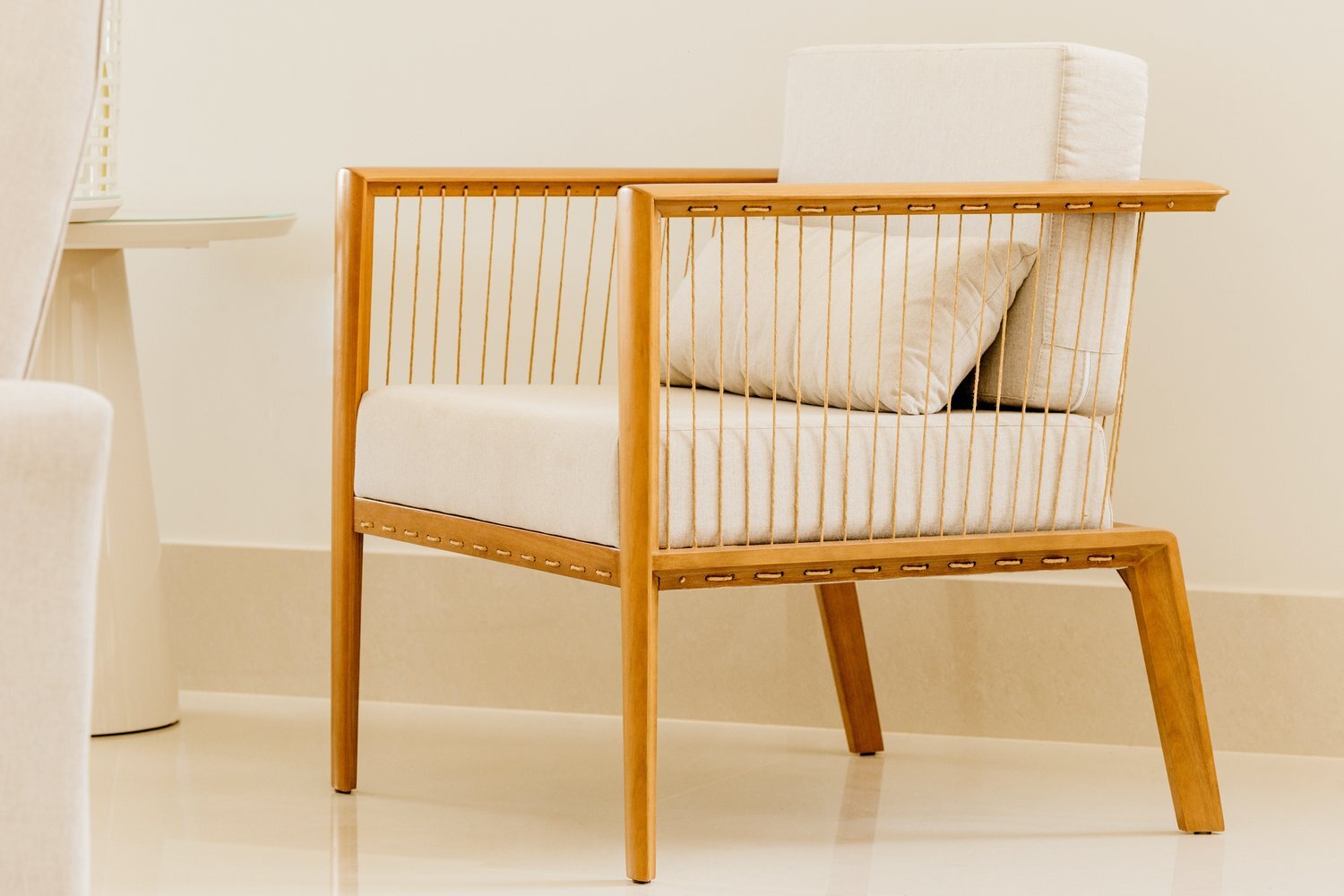
Green Furniture Selection
Choosing furniture for your space is a significant part of interior design, but have you ever wondered what makes a piece of furniture truly sustainable?
What Makes Furniture Sustainable?
Sustainable furniture is defined by its lifecycle:
-
Material Sourcing: It uses renewable, recycled, or reclaimed materials harvested environmentally friendly.
-
Manufacturing & Use: The process minimizes waste and energy use, producing durable furniture that stands the test of time and reduces replacement needs.
-
End-of-life: The end-of-life plan allows for recycling or environmentally low-impact disposal.
Tips for Selecting Eco-Friendly Furniture
When choosing sustainable furniture:
-
Look for pieces made from certified sustainable wood, recycled metal, or reclaimed materials.
-
Avoid furniture made from endangered or illegally logged wood.
-
Opt for natural, non-toxic finishes and adhesives to ensure healthier indoor air quality.
Brands & Retailers That Offer Sustainable Furniture
Numerous brands and retailers are committed to offering sustainable furniture options. Some examples include:
-
West Elm: West Elm has a commitment to responsible sourcing, fair trade, and sustainability. They offer a range of FSC-certified wood furniture and use organic cotton in their upholstery.
-
IKEA: Known for its affordable furniture, IKEA also has a strong focus on sustainability. They aim to use only renewable or recycled materials in their products by 2030.
-
EQ3: EQ3 prioritizes sustainable manufacturing practices and offers a range of environmentally responsible products. Their commitment to sustainability can be seen in their sourcing of materials and their innovative waste reduction strategies.
-
Crate&Barrel: Crate&Barrel offers a variety of sustainable products including furniture made from FSC-certified wood. They are committed to sourcing products in a legal, ethical and responsible manner.
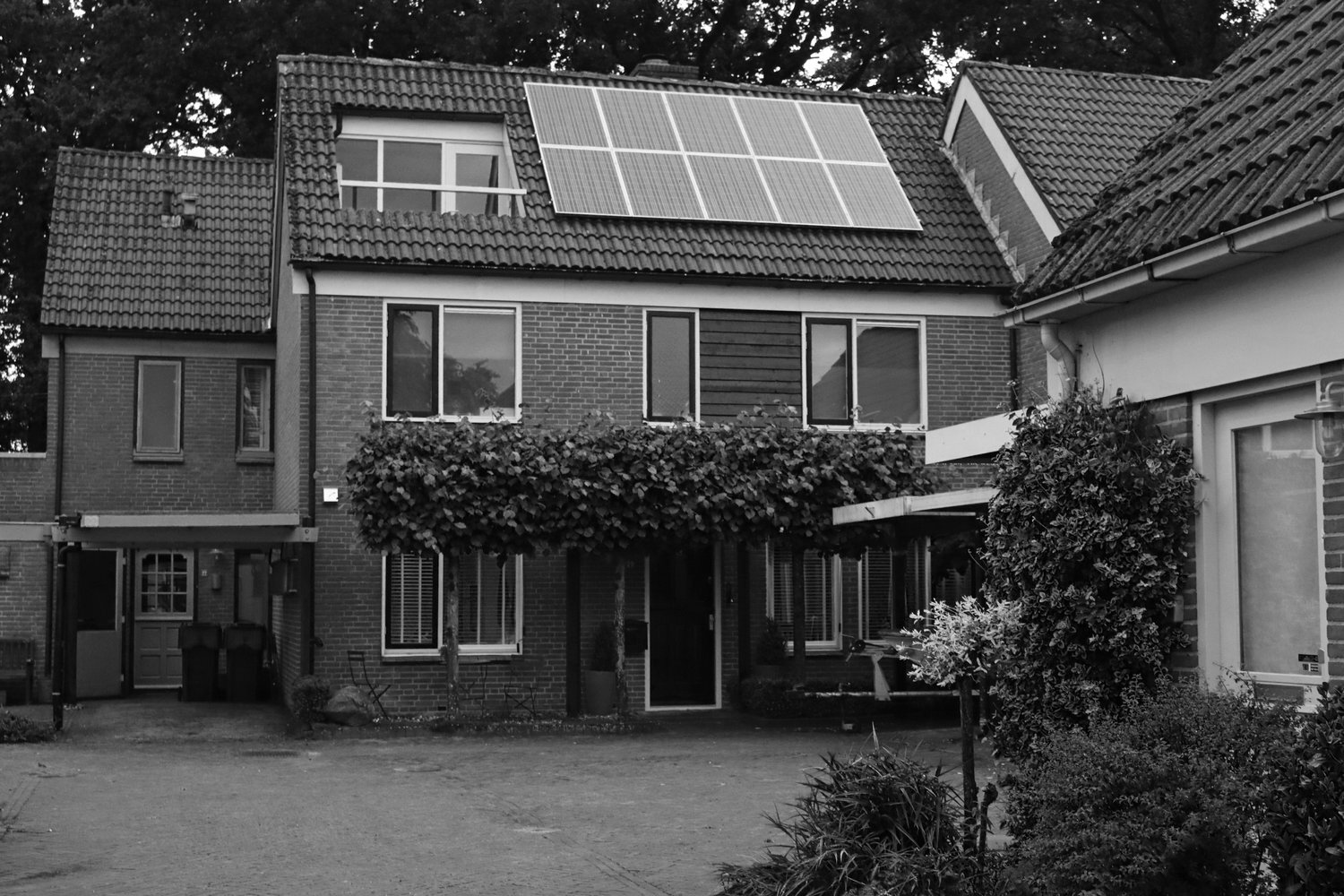
Eco-Friendly Renovation Tips
Renovation is an opportunity to reimagine and recreate your living space.
It’s also an ideal time to infuse sustainability into your home.
Sustainable Renovation Practices
Start with a plan that includes a strong focus on sustainability. Aim to preserve as much of the existing structure and materials as possible, reducing the need for new resources and minimizing construction waste. When new materials are necessary, opt for sustainable options such as reclaimed wood, recycled metal, or low VOC paints and finishes.
Hiring contractors who prioritize green building practices can also make a significant difference. Ask about their waste management strategies, energy-efficient building practices, and sourcing of sustainable materials.
Energy-Efficient Appliances & Fixtures
Investing in energy-efficient appliances is a highly effective way to reduce your home’s energy consumption. LED lighting, energy-saving power strips, and programmable thermostats are additional options that contribute to energy efficiency.
Don’t overlook your HVAC system either. Opting for an energy-efficient heating and cooling system can significantly reduce your home’s energy use. Insulating your home properly is another crucial factor, helping to keep your home warm in winter and cool in summer without overusing your HVAC system.
Water Conservation Tips
Install low-flow faucets, showerheads, and toilets to reduce water usage. If you’re landscaping, opt for native plants that require less water, and consider implementing a rainwater collection system for watering your garden.
Pro Tip: One common challenge that often comes up is the perceived cost of sustainable products. While some eco-friendly items might have a higher upfront cost, they often save money in the long run due to their durability and efficiency.
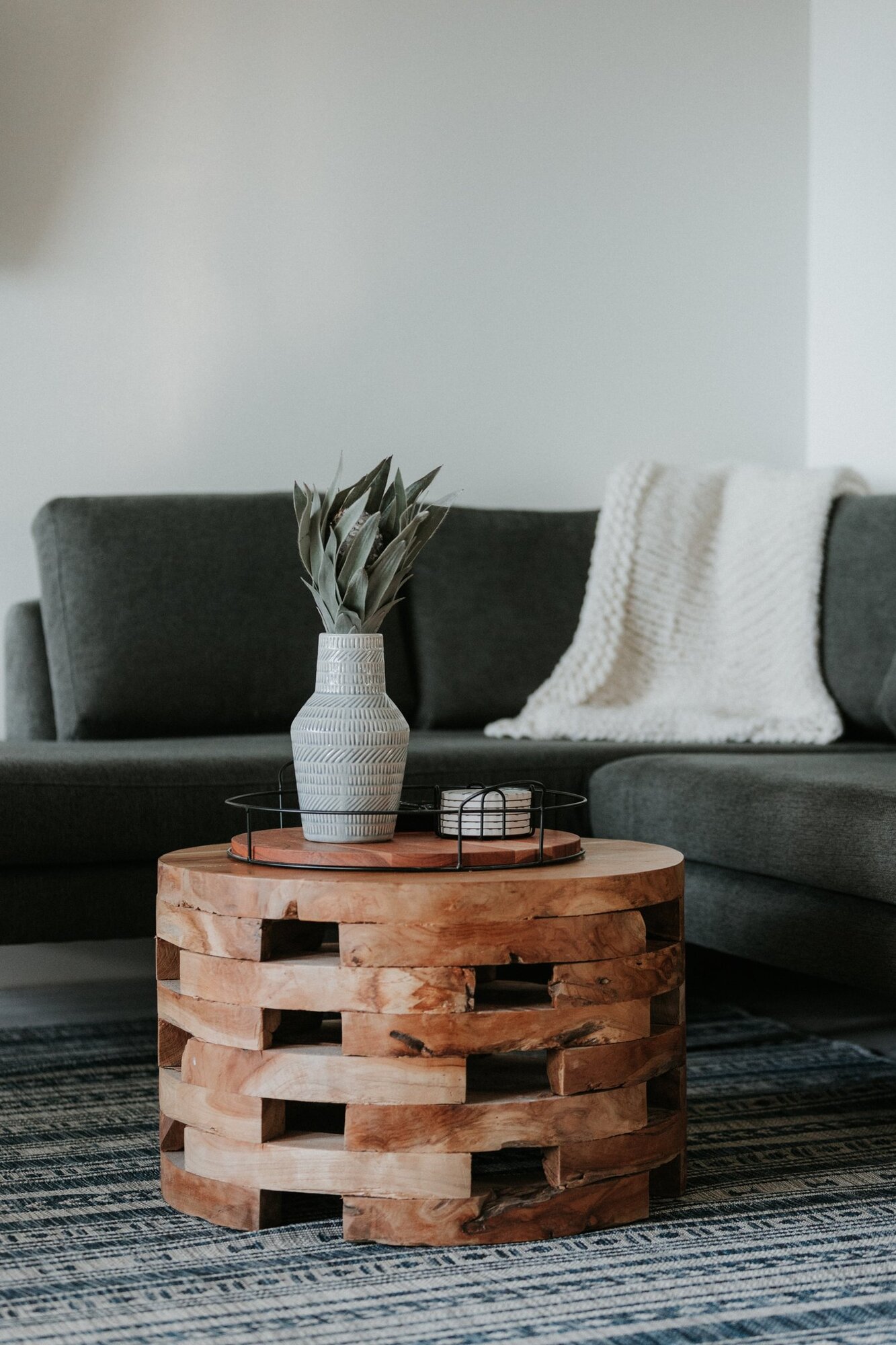
Go Get Green!
Sustainable interior design isn’t just about making your home look beautiful - it’s about doing it in a way that is kind to our planet and promotes well-being. Embracing sustainable interior design is an invitation to contribute to a happier home and a healthier planet.
If you’re planning a sustainable interior design journey, I encourage you to start small - maybe with one room or even just one corner of your home or office. Use this blog as a starting point, and keep exploring, learning, and experimenting!
Remember, the most sustainable item is the one you already own. Let’s redefine our spaces with intention, responsibility, and a respect for our planet.
Here’s to greener homes!
Do you have questions about how you can make your next design project more sustainable? Contact me today!